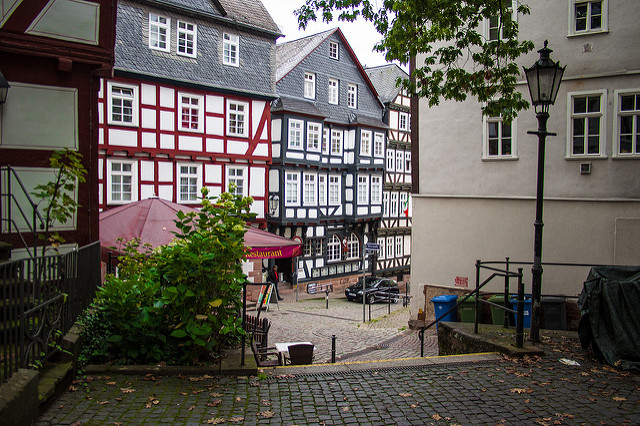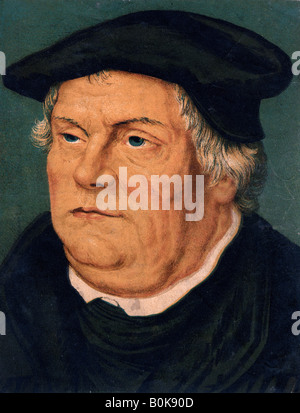

Martin Bucer thought he had found a solution in the shaded wording of the Wittenberg Concord of 1536, but he had not. Huldrych Zwingli wept as their attempts failed, and Luther ranted.

Whereas the Diet of Worms of 1521 revealed that under no circumstances would Martin Luther submit to the dictation of the Catholic Church, the Marburg Colloquy of 1529, hosted by Landgrave Philipp of Hesse, showed that the most committed new reformers of European religion would not accommodate one another in their definitions of what occurred during the Eucharist (or Lord’s Supper). The forums of such attempts ranged from personal meetings to formally organized disputation, imperial diets, and ecclesiastical synods. Where it appears to have existed, it was likely a pragmatic forbearance.Įfforts to force recantation or to reconcile opposed theological positions were incessant. Toleration was hardly a moral virtue or a social ideal. The rulers of the sixteenth century were, in short, intent on the purification of the body of those residents who were subject to them. A recent interpretation of the Reformation by Nicholas Terpstra has seen nearly every region and territory as determined to root out recusancy (refusal to adhere to the established church) and as casting sizable populations into refugee status. Even then, Anabaptists, Spiritualists, Jews, and Anti-Trinitarians were not accorded the privilege of freedom from persecution that, officially, Catholics, Lutherans, and Reformed Christians enjoyed. Only with the Peace of Westphalia of 1648, which ended the Thirty Years’ War in the Holy Roman Empire of the German Nation, was the futility of compulsion acknowledged. The Reformation ushered in a period of conflict that would produce not merely impassioned debate of theological precepts but also murderous violence and finally war. This conviction was hardly conducive to peace. In the Reformation era, every emerging Protestant denomination along with the Catholic Church believed in one exclusive religious Truth-each of their versions of that truth was different from every other. The Augsburg Confession, June 25th, 1530 (Illustration printed in 1665)


 0 kommentar(er)
0 kommentar(er)
